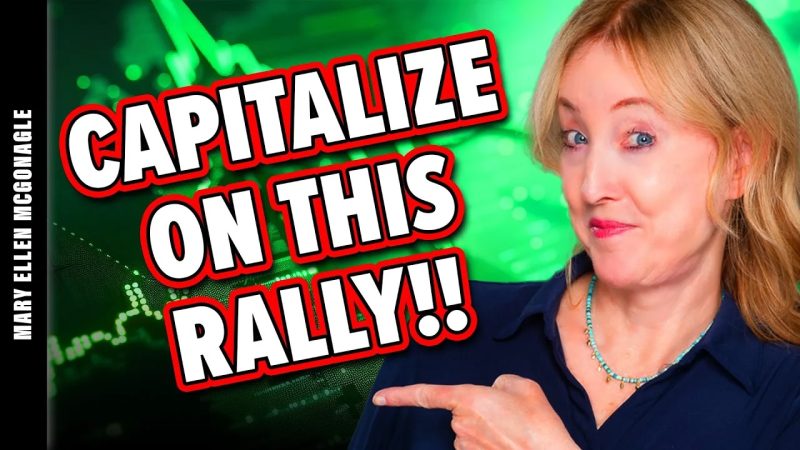In a rapidly changing global landscape, financial markets are constantly in flux, responding to a myriad of factors ranging from geopolitical events to economic indicators. One of the most intriguing phenomena that can significantly impact market behavior is an election rally. An election rally refers to a period of time leading up to, during, and shortly after an election, during which financial markets often experience heightened volatility and uncertainty. While this can be a source of anxiety for some investors, it also presents unique opportunities for those who understand how to capitalize on this turbulent period.
**Understanding the Election Cycle**
To effectively capitalize on an election rally, investors must first have a solid grasp of the election cycle and its potential impacts on the financial markets. The election cycle typically consists of several phases, including the pre-election period, election period, and post-election period. Each of these phases can exert different influences on market dynamics. For example, the pre-election period is characterized by heightened uncertainty as investors speculate on potential outcomes and policy implications, leading to increased volatility. On the other hand, the post-election period may see a return to stability as markets react to the election results and adjust accordingly.
**Strategies for Capitalizing on an Election Rally**
There are several strategies that investors can employ to capitalize on an election rally and potentially enhance their returns. One such strategy is to focus on sectors or industries that are expected to benefit from the election outcome. For instance, investors may choose to allocate their capital to sectors that are likely to thrive under a particular political administration, such as renewable energy companies during a period of increased emphasis on sustainability.
Another strategy is to adopt a diversified approach to portfolio management to mitigate risk during the election rally. By spreading investments across different asset classes, regions, and sectors, investors can reduce their exposure to any one source of volatility and buffer themselves against unexpected market movements.
Furthermore, active monitoring of market trends and election-related developments is crucial for making informed investment decisions during an election rally. By staying abreast of the latest news and analyzing how it may impact the markets, investors can position themselves strategically to take advantage of emerging opportunities and navigate potential risks effectively.
**Risk Management and Caution**
While an election rally can present lucrative opportunities for savvy investors, it is essential to approach this period with caution and implement robust risk management practices. The heightened volatility and uncertainty associated with an election rally can amplify the risks of financial markets, making it imperative for investors to be vigilant and proactive in managing their portfolios.
Diversification, asset allocation, and setting stop-loss orders are some of the risk management strategies that can help investors safeguard their capital and navigate the turbulent waters of an election rally. By maintaining a disciplined approach to risk management and being prepared for unexpected market events, investors can capitalize on the potential upside of an election rally while mitigating downside risks.
**Conclusion**
In conclusion, an election rally presents a unique opportunity for investors to capitalize on market volatility and uncertainty and potentially achieve superior returns. By understanding the election cycle, employing sound investment strategies, actively monitoring market trends, and practicing prudent risk management, investors can navigate the complexities of an election rally and position themselves for success in a rapidly changing financial landscape. It is crucial for investors to approach an election rally with caution and diligence, leveraging the insights and strategies outlined in this article to make informed and strategic investment decisions.

